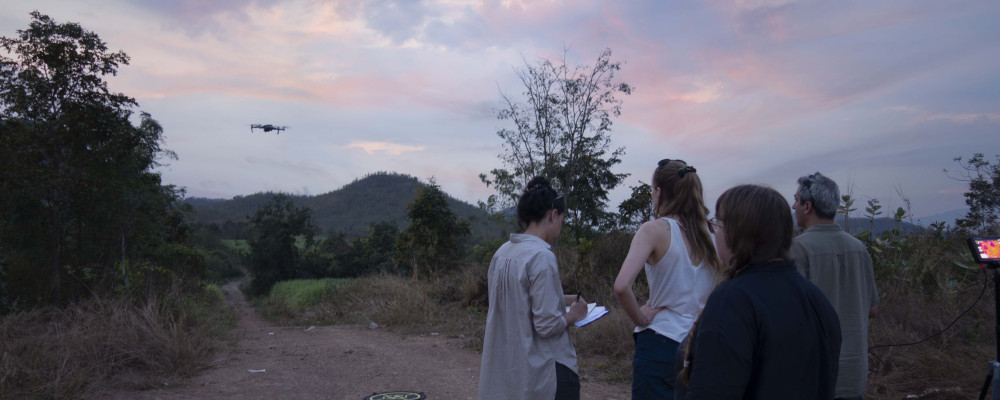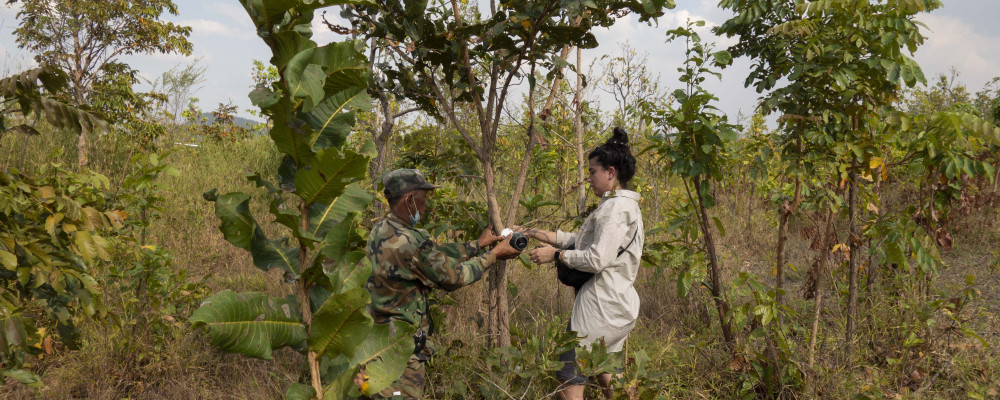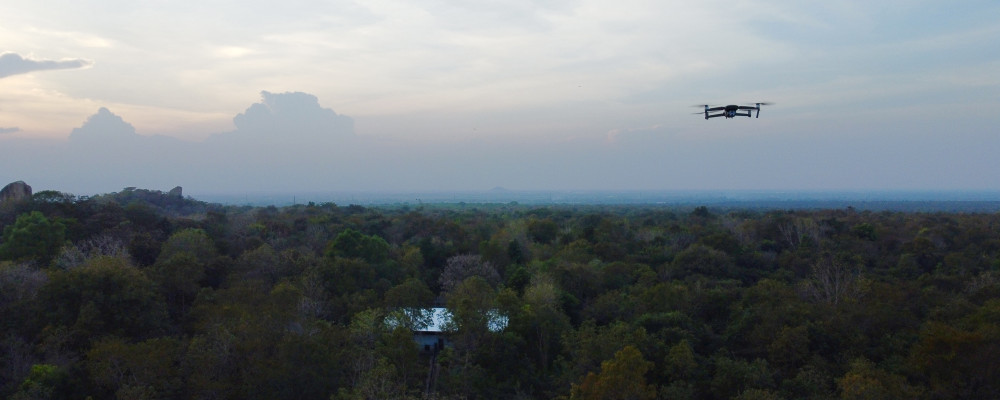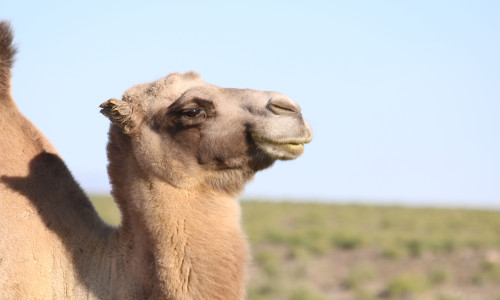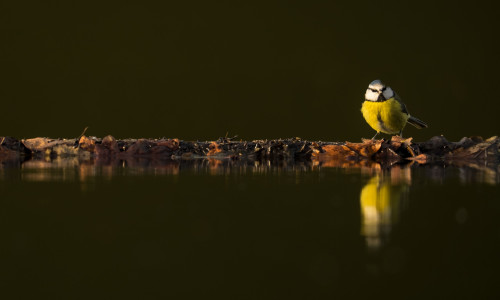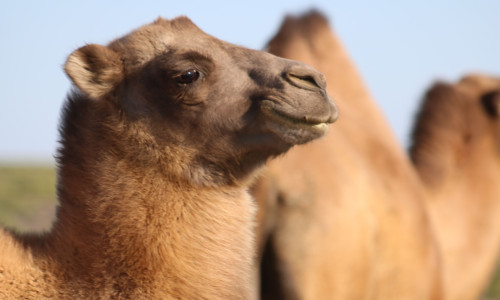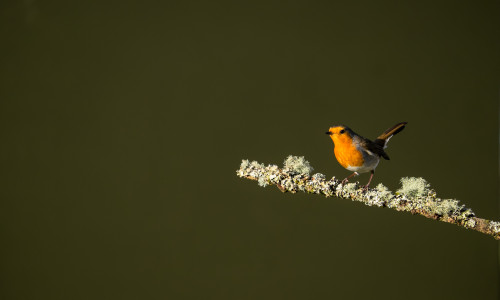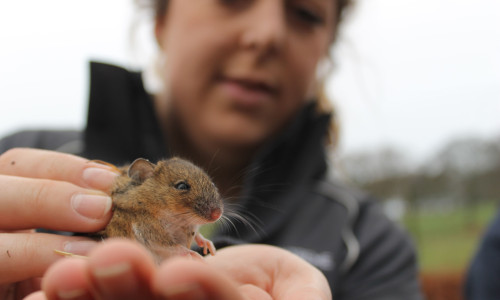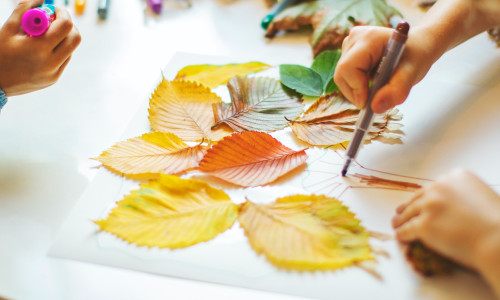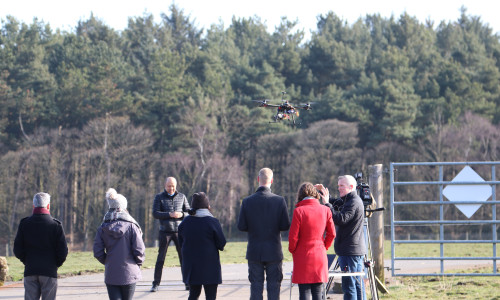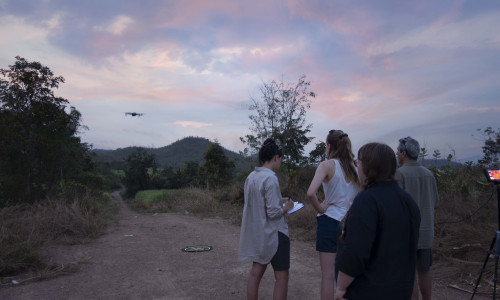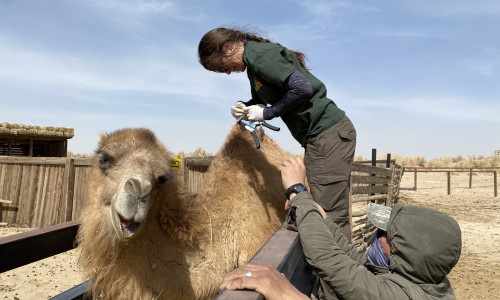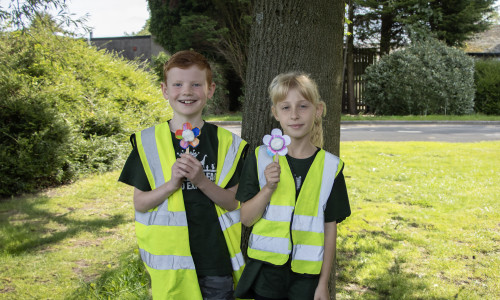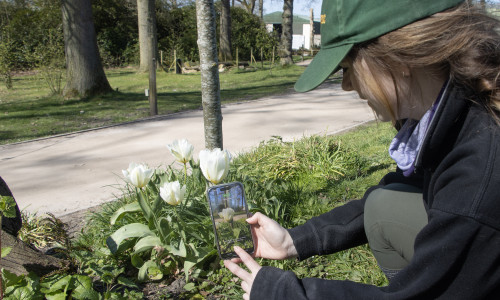Category: Conservation
Published on: May 4th, 2022
Thirty-two hours after setting off from Knowsley, three aeroplanes and a whole lot of airport meal deals later, our team arrived in Cambodia to begin their studies.
We’ve been working with Wildlife Alliance, who are based in Cambodia, in various capacities for over five years, however, after identifying a novel way in which we could support their conservation efforts, a field trip was needed.
The aim of the trip was to test the capacity of thermal drones for the conservation of wildlife in Cambodia, focusing predominantly on Eld’s deer (Rucervus eldii siamensis) and Banteng (Bos javanicus) in three different locations.
Professor Serge Wich and Katie Doull from Liverpool John Moores University brought their wealth of experience and expertise in monitoring wildlife using UAV and AI technology to the trip and we’re very fortunate to have a such a great relationship with them.
Naomi Walsh, our Research & Conservation Officer shared, “We first went to Phnom Tamao Wildlife Rescue Centre and flew the drone over multiple species at that location to collect data before taking the technology into more remote locations. We then travelled to Prambei Mom where the community are working hard to safeguard a herd of banteng in a protected forest. We stayed for three days to find the banteng using the drone to prove the effectiveness of the thermal technology for population monitoring. Finally, we travelled to Wildlife Alliances’ Wildlife Release Station in Koh Kong to test the capacity of the drone in a different environment, the rainforest.”
Successfully locating the banteng herd in Prambei Mom was an important breakthrough to demonstrate how much potential there is for the technology to aid in Wildlife Alliance’s important conservation efforts. Due to a combination of poor weather and not knowing their exact location in the forest, this was a tricky task but eventually showed how well the technology will work to aid the protection of this endangered population.
Things don’t always go according to plan during field trips however, and one such instance was discovering the humidity in Koh Kong. During the early mornings and evenings when it was cool enough to use the thermal technology, there was too much moisture in the air to get a good visual.
The next step for Wildlife Alliance will be to conduct monitoring surveys to gain an estimation of the population size of the banteng in Prambei Mom. We have now been able to prove the usefulness of this technology for the ongoing monitoring and management of this population, as well as other species Wildlife Alliance are working hard to protect, and we’ll continue to analyse our existing data from the trip to best inform how we can support Wildlife Alliance moving forward.
You can find out more about the work Wildlife Alliance are doing in Cambodia here.


